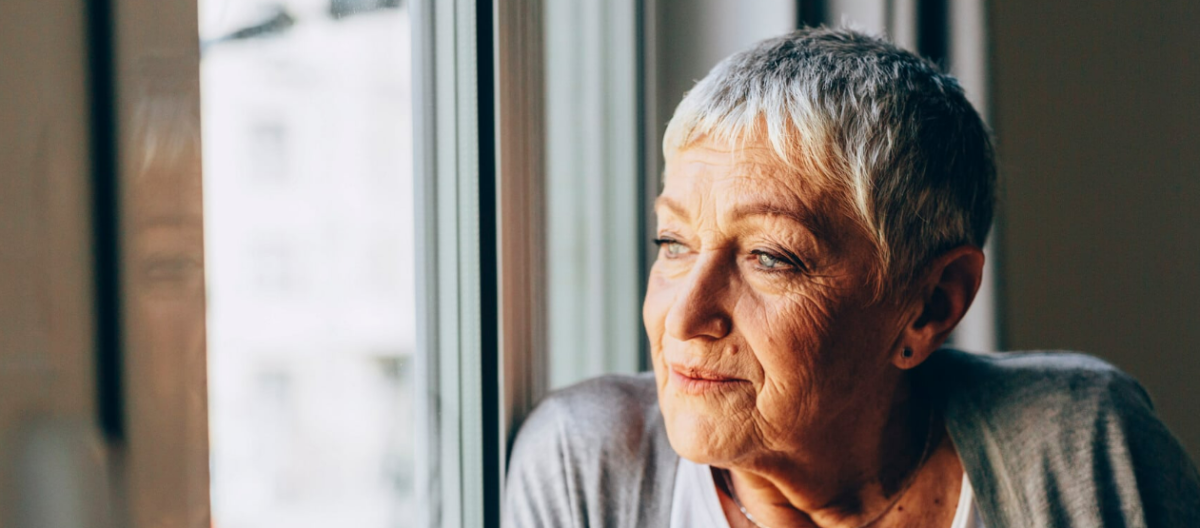In a recent column published by theStreet, financial planner Sandra Adams highlights recent Census Bureau data suggesting that 36 percent of American households are currently occupied by single individuals aged 50 and older.
Adams says changing attitudes towards gender and marriage have caused individuals aged 50 and older to be more likely to be divorced, separated, or never married. She adds that one in six Americans aged 55 and older do not have children, and because women tend to live longer than men, over 60 percent of older adults living alone are female.
According to the Census Bureau, a higher proportion of older women are living alone in retirement. Still, men are more vulnerable to the adverse effects of solitary living, such as social isolation, which can increase the risk of health issues and a higher mortality rate. Those living alone and not engaging socially may be at risk for general, mental, and cognitive health problems.
It is important to make intentional plans to combat the challenges of social isolation that come with living alone. This is especially crucial for those who may not have children or many family members. Finding social groups to be a part of, whether in the community, through hobbies or volunteering, or with current or former colleagues, can help to keep you connected and engaged with the outside world.
She identifies the top five challenges of living alone and how to plan for them. To learn more, read the full article.
